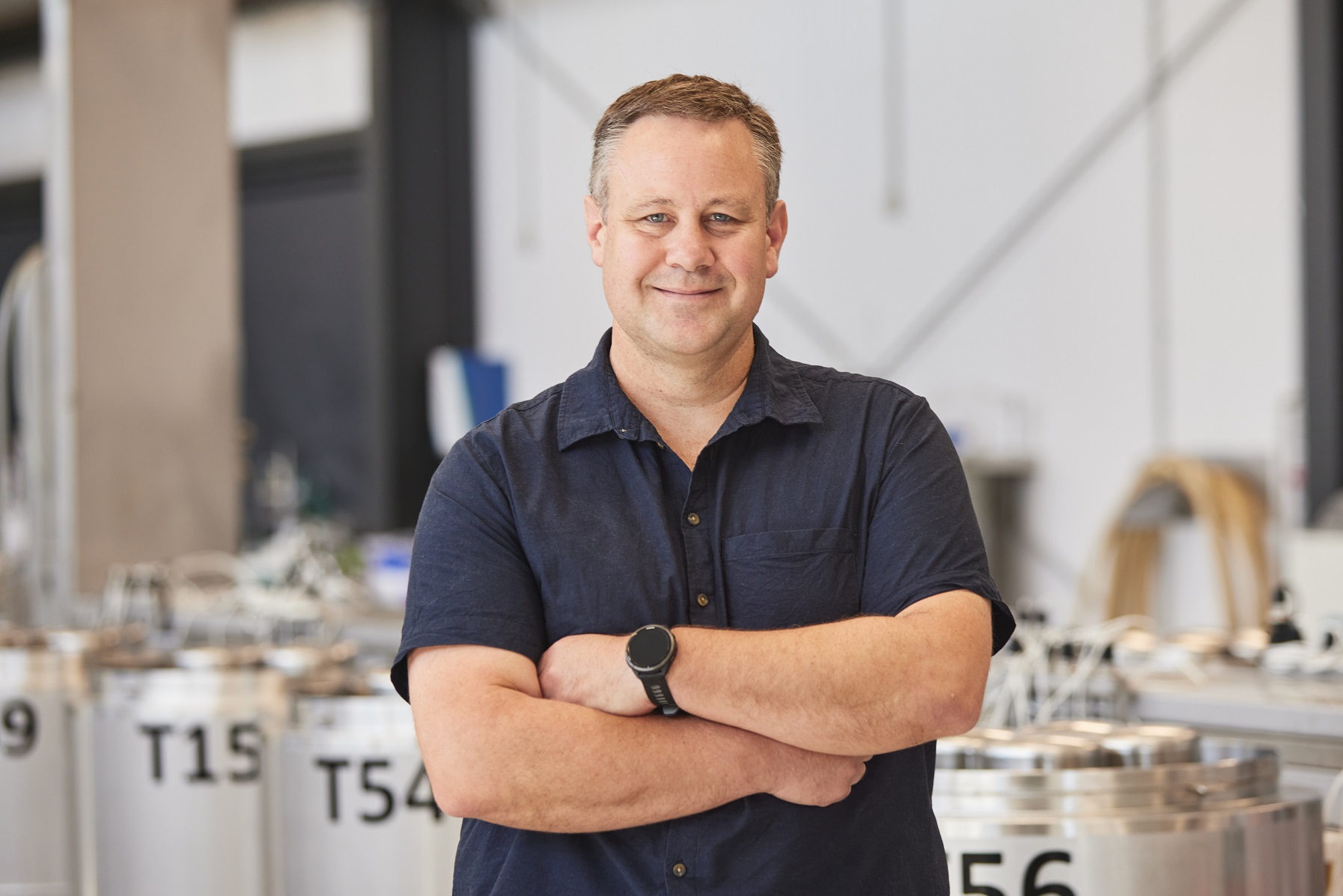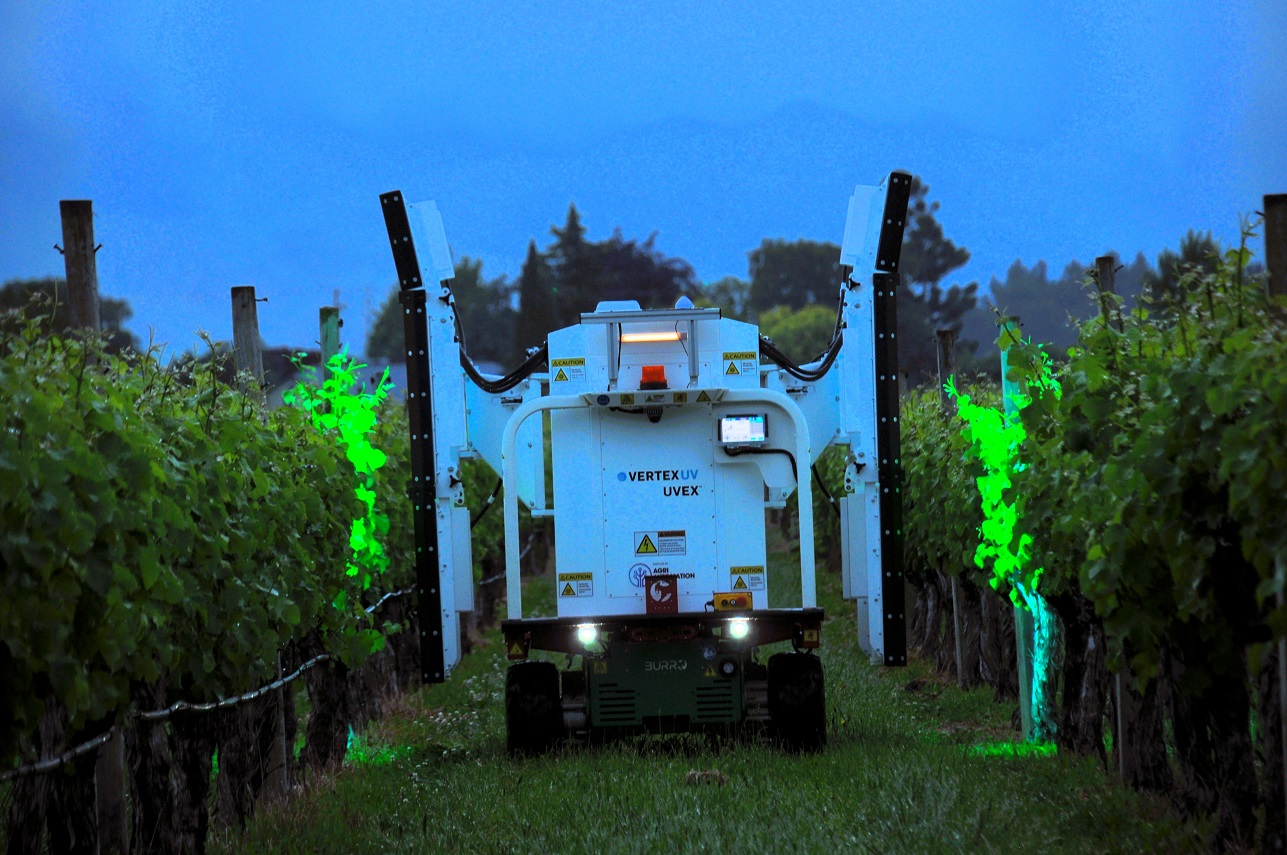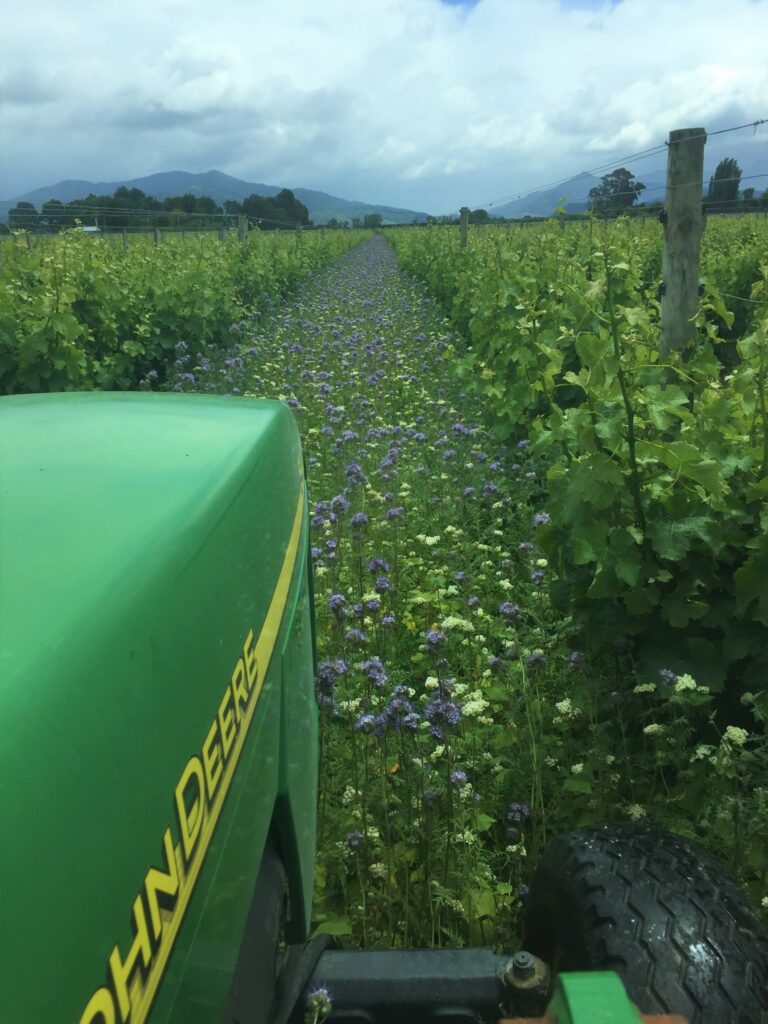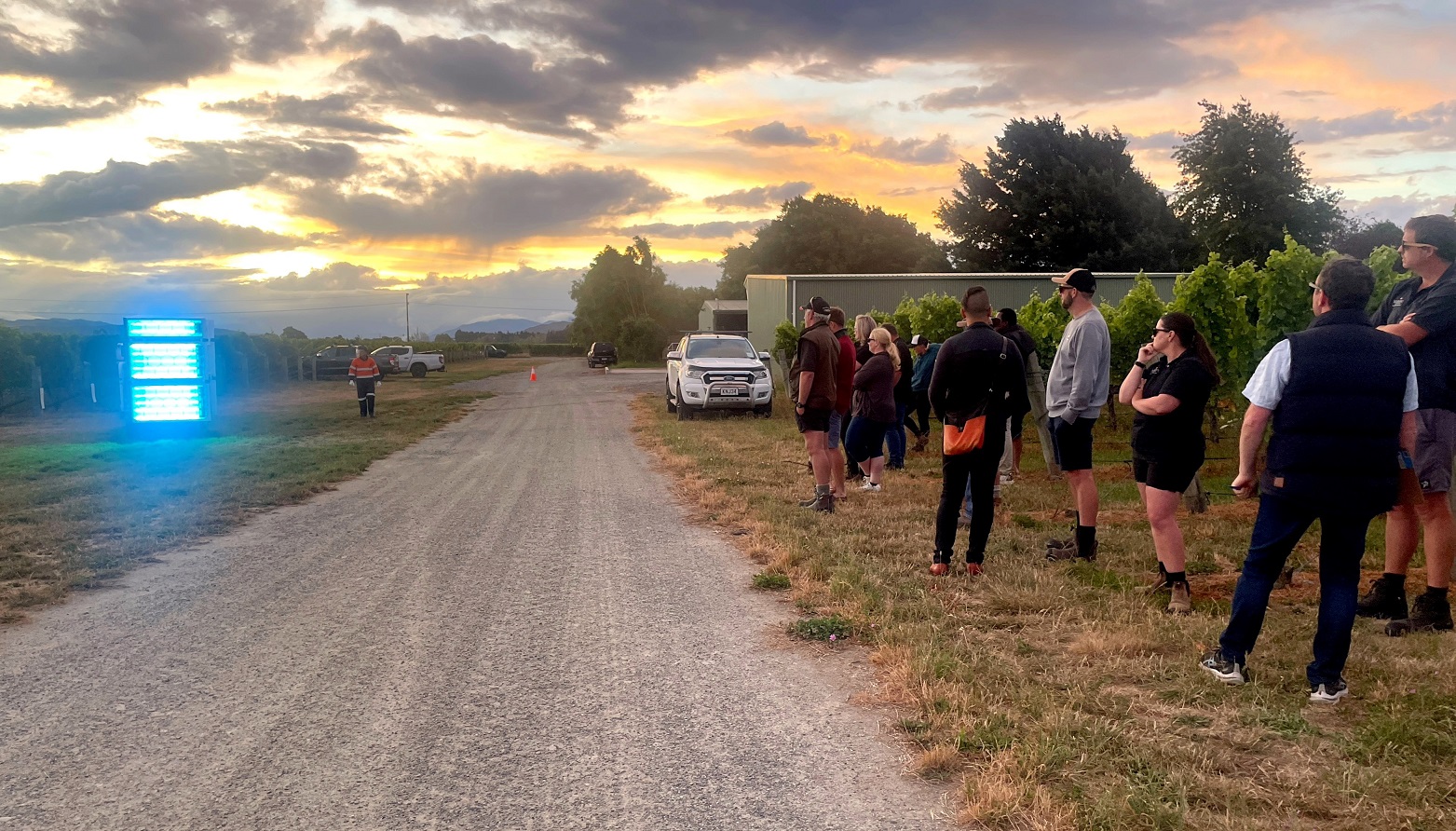Partnering in A Lighter Touch has allowed Bragato Research Institute to dig deeper into in one of its key research priorities – reducing chemical inputs and exploring biological control systems.
Bragato Research Institute (BRI) is the New Zealand wine industry’s research arm, leading research and innovation ranging from fundamental, blue-sky research to the practical application of science in vineyards and wineries.
Winegrowing innovation leader Ross Wise MW says BRI’s decision to partner in the A Lighter Touch (ALT) programme was driven by its common goals. The programme’s focus areas of improved productivity, maintaining high-quality produce, and working with a lighter touch on the environment closely align with BRI’s research priorities.
“With arable and many horticultural sectors also involved, being part of ALT also provides us with an opportunity to network and learn from like-minded peers in other horticulture industries who may be facing similar challenges,” Ross says.

Bragato Research Institute winegrowing innovation leader Ross Wise MW. Credit: BRI.
The ability to leverage government funding through ALT was another benefit, with the Ministry for Primary Industries contributing 40% of the programme’s funding through its Sustainable Food and Fibre Futures programme.
“It provides opportunities to carry out necessary research that we may not have had the resources to complete without being part of ALT,” Ross says.
Reducing chemical inputs and exploring biological control systems is a key research priority for the wine industry, and an example is the work BRI has underway as part of ALT with its project evaluating ultraviolet light in vineyards to reduce fungicide dependence.
This two-year project is trialling UV-C technology in Sauvignon blanc grapes for control of powdery mildew using autonomous mobile robots for the application of the UV-C treatment. It is also a project that touches on other BRI research priorities such as exploring agritech solutions.

A UVEX UV-C system coupled with Burro autonomous mobile robots applies a form of ultraviolet light to wine grapes in Marlborough for control of powdery mildew.
Ross says BRI has also improved its knowledge relating to biological pest control options and vineyard biodiversity thanks to its involvement in ALT. The viticulture sector has been utilising mid-row planting of beneficial cover crops for many years, and the conservation biocontrol projects ALT has underway in both perennial and annual crops are further contributing to pan-sector knowledge and resources of utilising biodiversity for pest management benefits.

The viticulture sector has been utilising mid-row planting of beneficial cover crops for many years. Credit: Chris Ireland.
As part of a large and well-established primary sector, Ross says BRI is well-placed to contribute collaboratively to the other ALT crop sectors.
“Along with sharing expertise and insights about agrichemicals and their registrations, BRI has unique New Zealand-based experience in the areas of resistance management, biodiversity, and biological pest control options.
In addition, with New Zealand’s wine regions spanning the length of the country, BRI’s footprint allows it to engage with a wide range of industries across the nation. While ALT’s focus is on crop protection, BRI sees an opportunity to share knowledge with ALT partners in other areas, such as sustainability.
“The wine industry is recognised for its strong commitment to sustainability and has a high rate of adoption for sustainability certifications such as Sustainable Winegrowing New Zealand. All of this means that BRI has a wealth of knowledge and experience to contribute as a result of the path it has forged to get to where it is today.”
Ross says BRI is keen to see the momentum built by A Lighter Touch and its partners continue.
“ALT has achieved a lot in a short period of time. It has connected a forward-thinking community across different horticulture commodities.
“We hope the programme and its participants can keep building on the body of knowledge around farming with a lighter touch, and continue the momentum that has been established in cross-industry collaboration and knowledge sharing,” he says.
